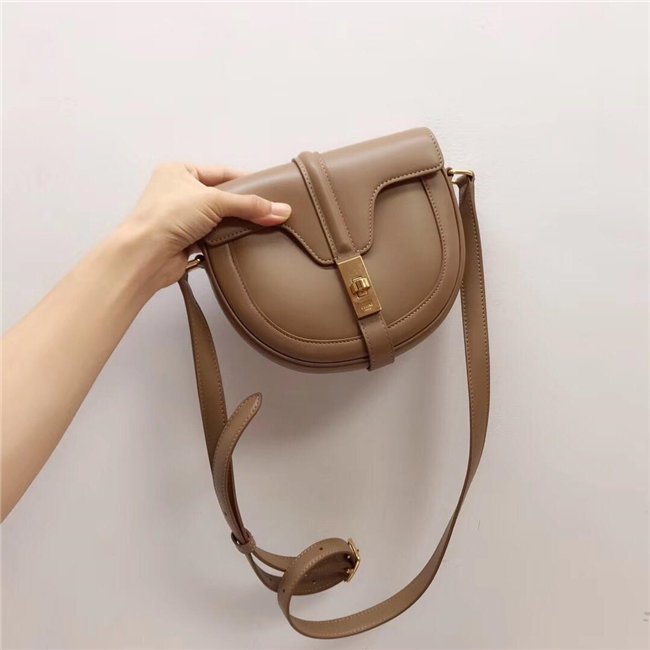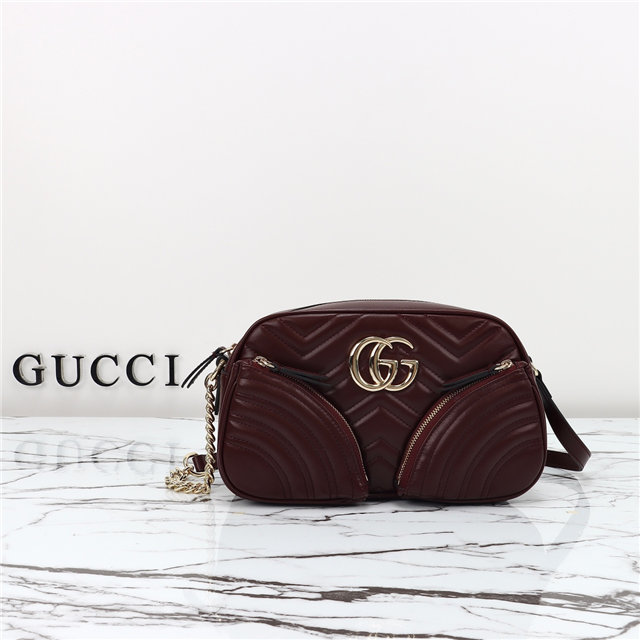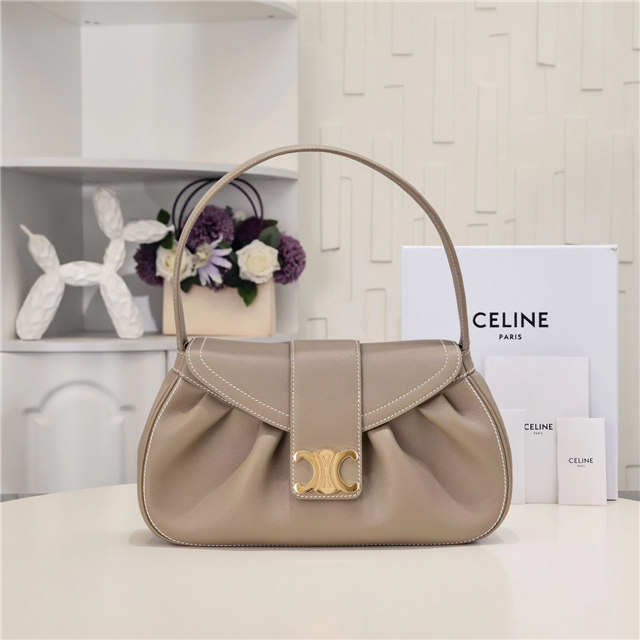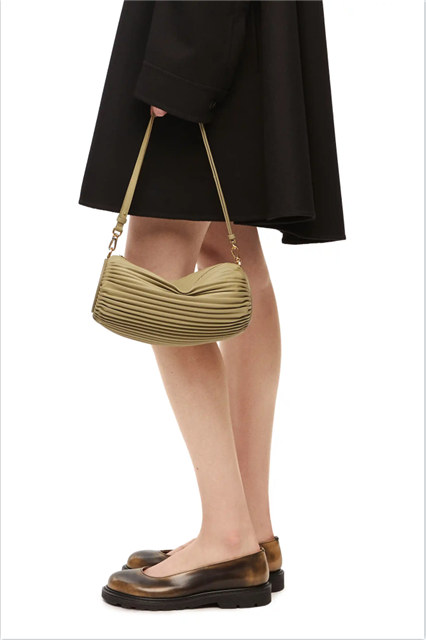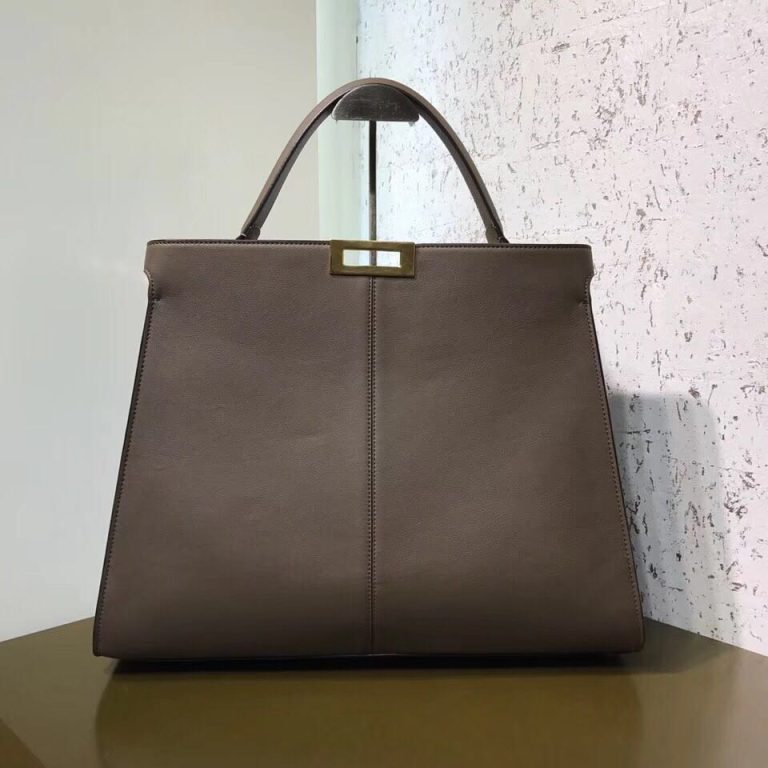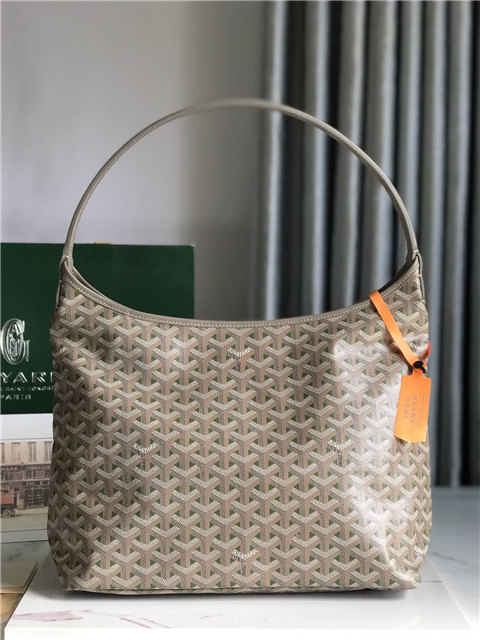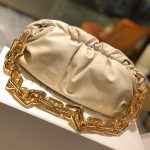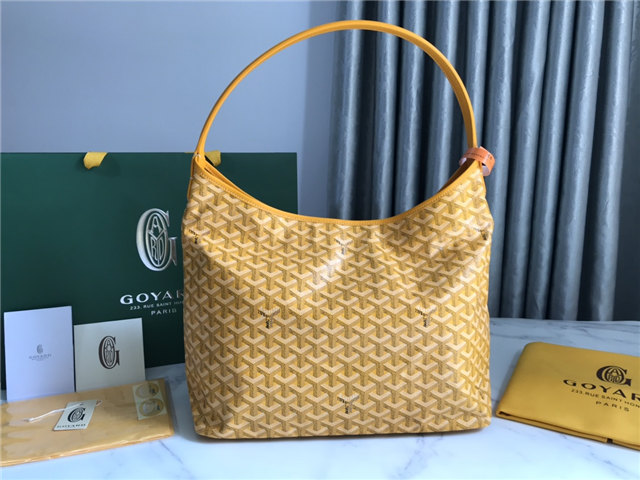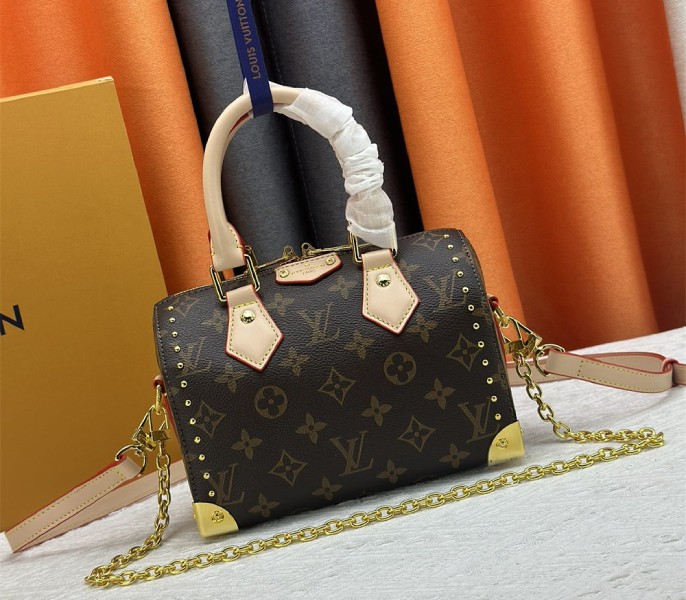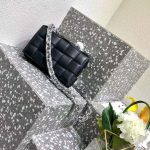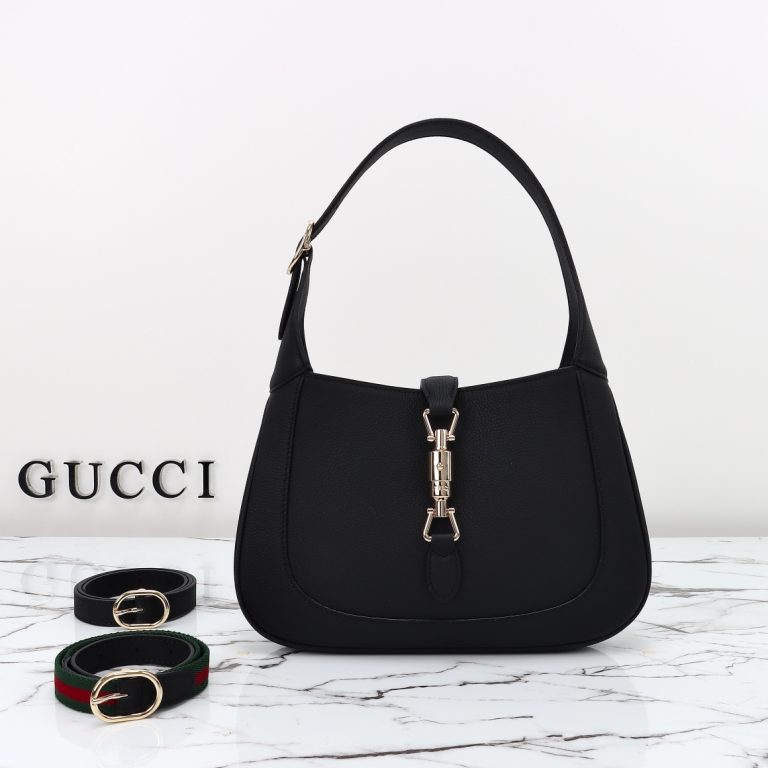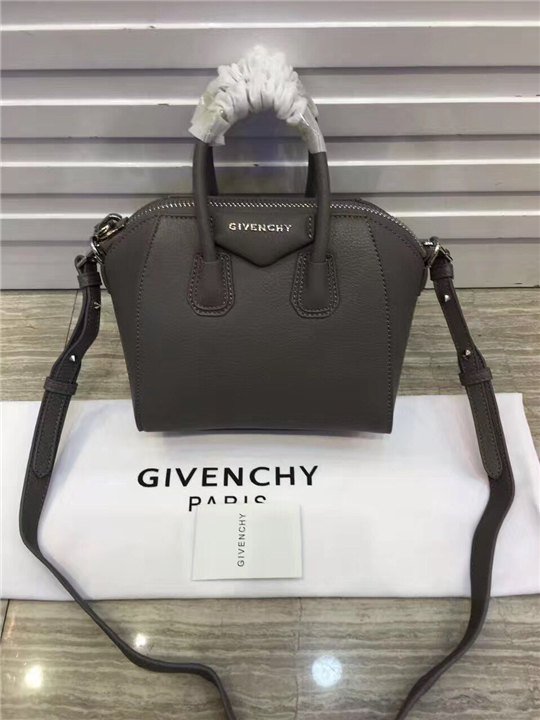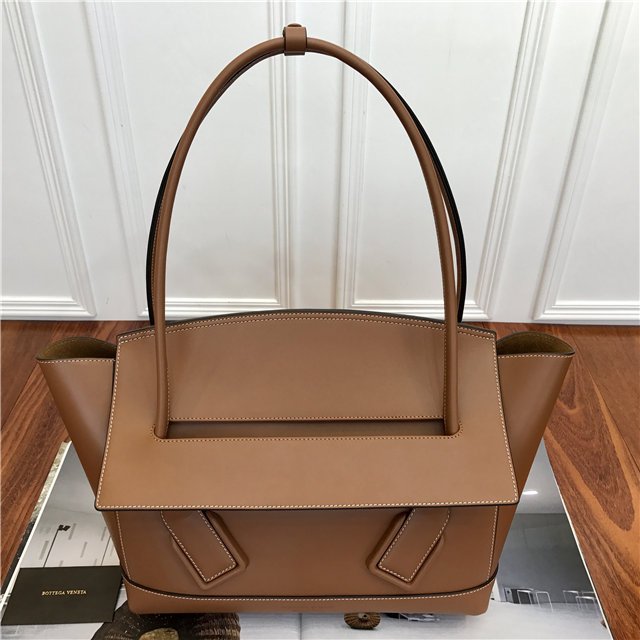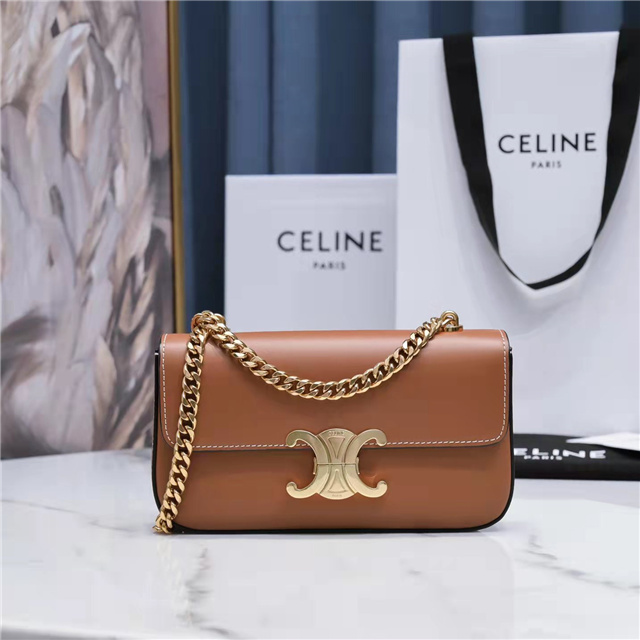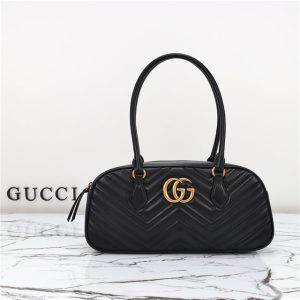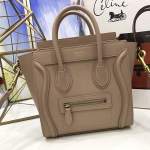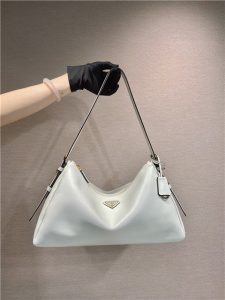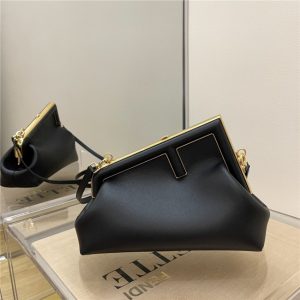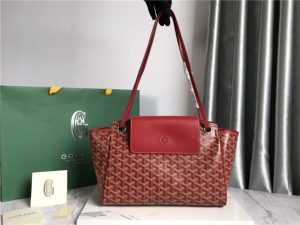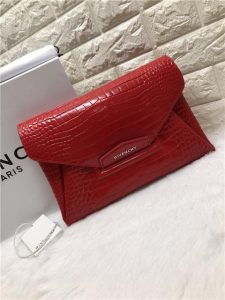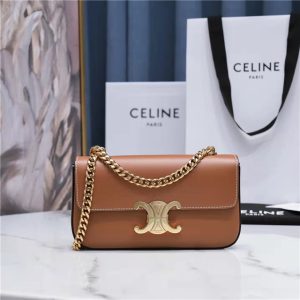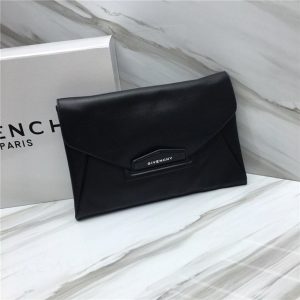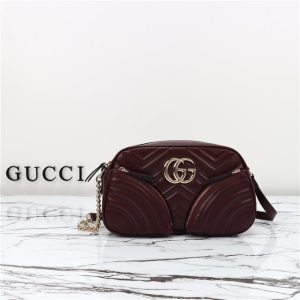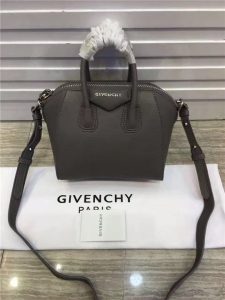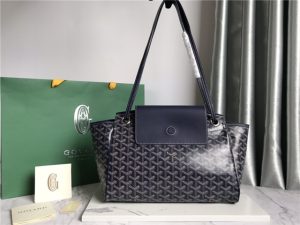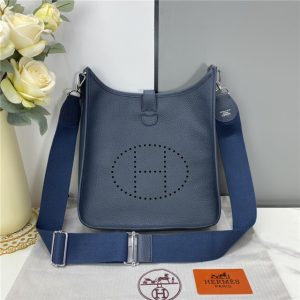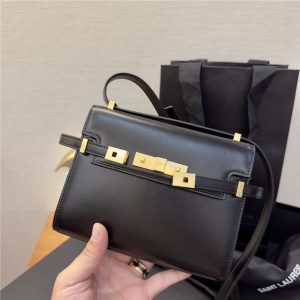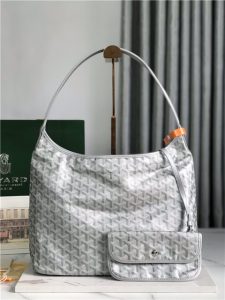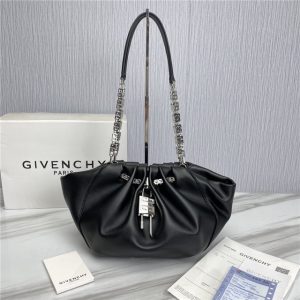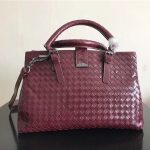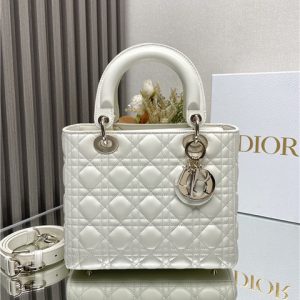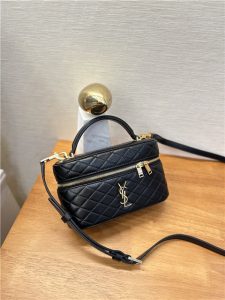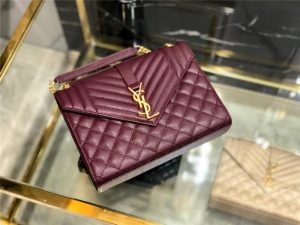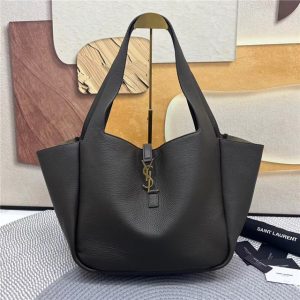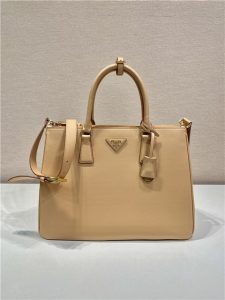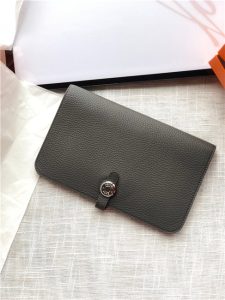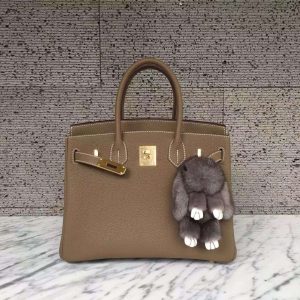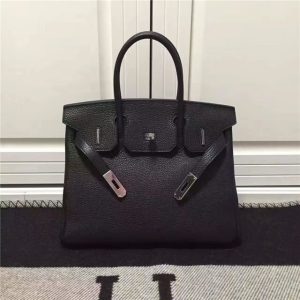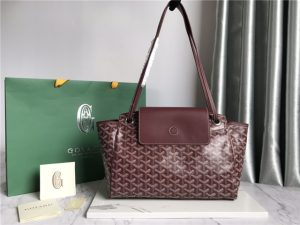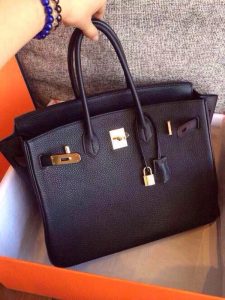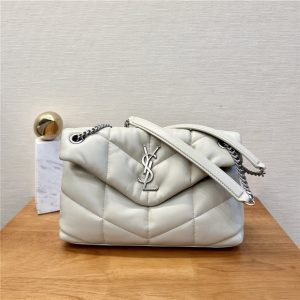So, what’s the deal? Well, the main problem is that unless you’ve got a genuine Kånken sitting right next to the suspect, it’s tough to tell. I mean, they LOOK real, right? That’s the point of a fake! But trust me, there are clues. You just gotta be a detective.
First off, where are you buying it? That’s HUGE. Fjällräven themselves say stick to their official website, their actual stores (yes, they *do* exist, despite what some people might think!), or authorized retailers. They even have a “Verify Reseller” tool on their site, which is pretty darn cool. If you’re buying from some random site that looks like it was designed in 1998… red flag city, my friend.
Then there’s the tag sitch. Some people are all about the tags, and yeah, they *can* be helpful. I’ve heard that genuine ones usually just have one tag. But honestly, tag stuff can be inconsistent. Like, I saw someone say their Kånken from the official store in Cambridge, MA, said “Kånken Original” on the tag. Which throws a wrench into everything, ya know? So, don’t rely *solely* on the tag. It’s just one piece of the puzzle.
Okay, this is where it gets nitpicky. Check the fox logo buttons. This is a big one, apparently. People say if the fox is upside down on the buttons, it’s a dead giveaway. The top handle is another thing to look at, too. I am not sure what to look for in this case but it’s worth keeping an eye out for.
And the quality? This is where a real Kånken shines. The materials are just…better. The stitching is cleaner, the zippers are smoother, the Vinylon F fabric feels more durable. A fake might feel flimsy or cheap. But of course, if you’ve never actually felt a real Kånken, how are you supposed to know?
Also, don’t freak out if you see “Made in China” or “Made in Vietnam.” Fjällräven makes some of their products there. That doesn’t automatically mean it’s fake. I know, it’s confusing!

